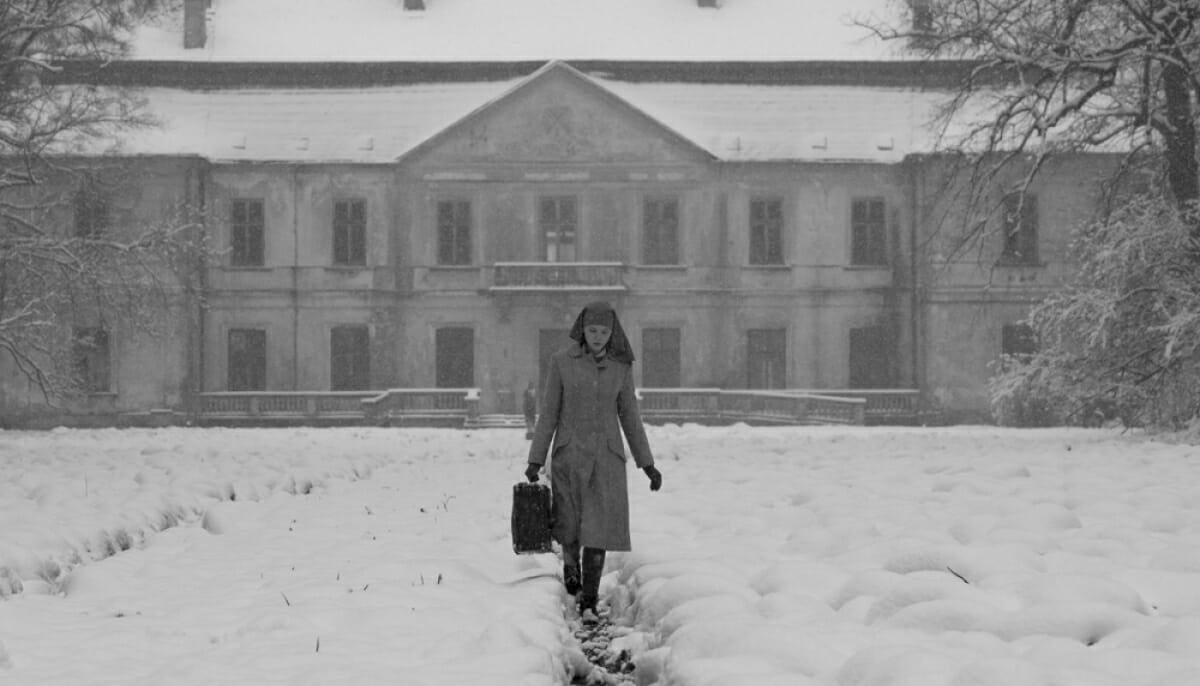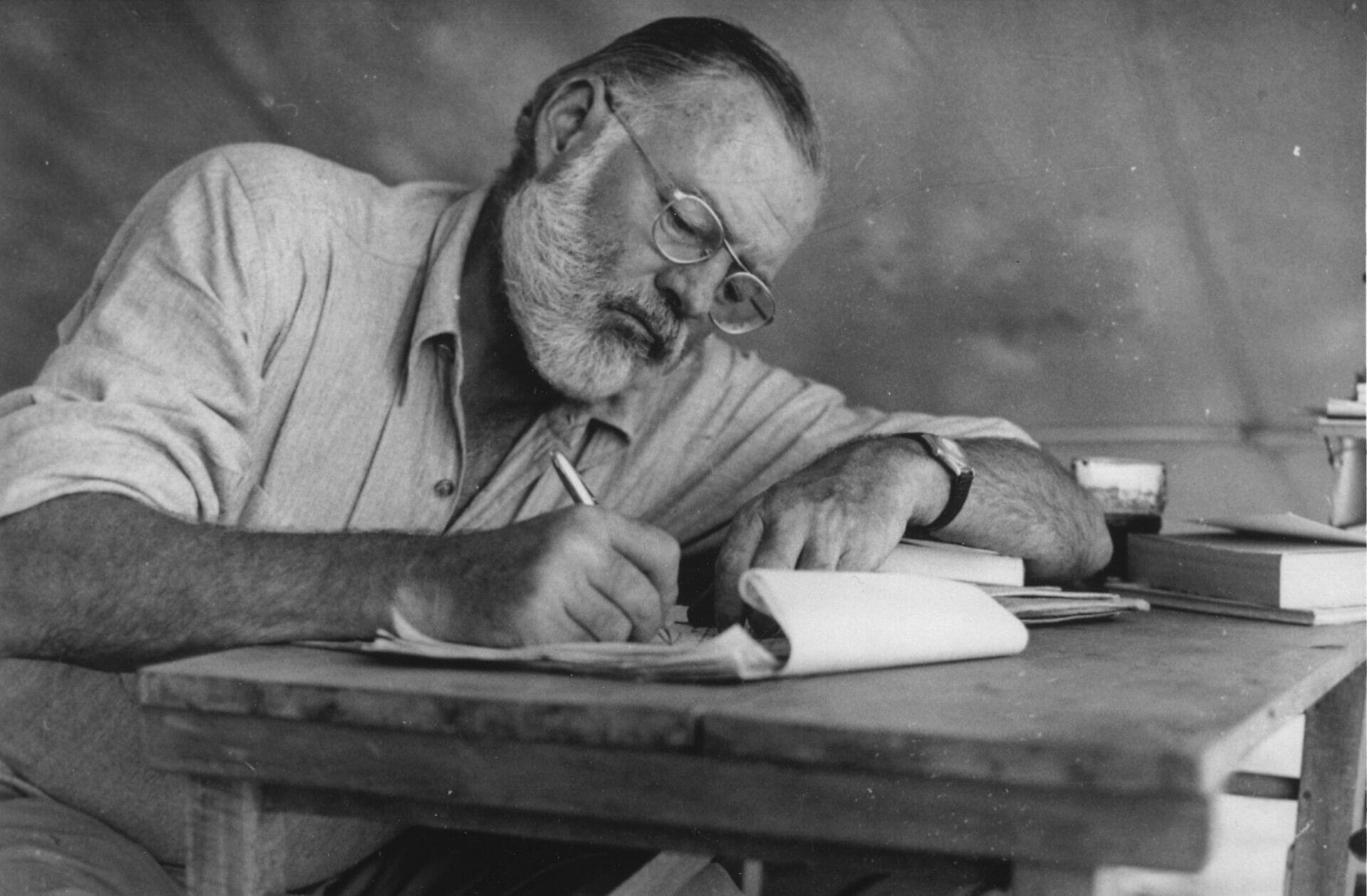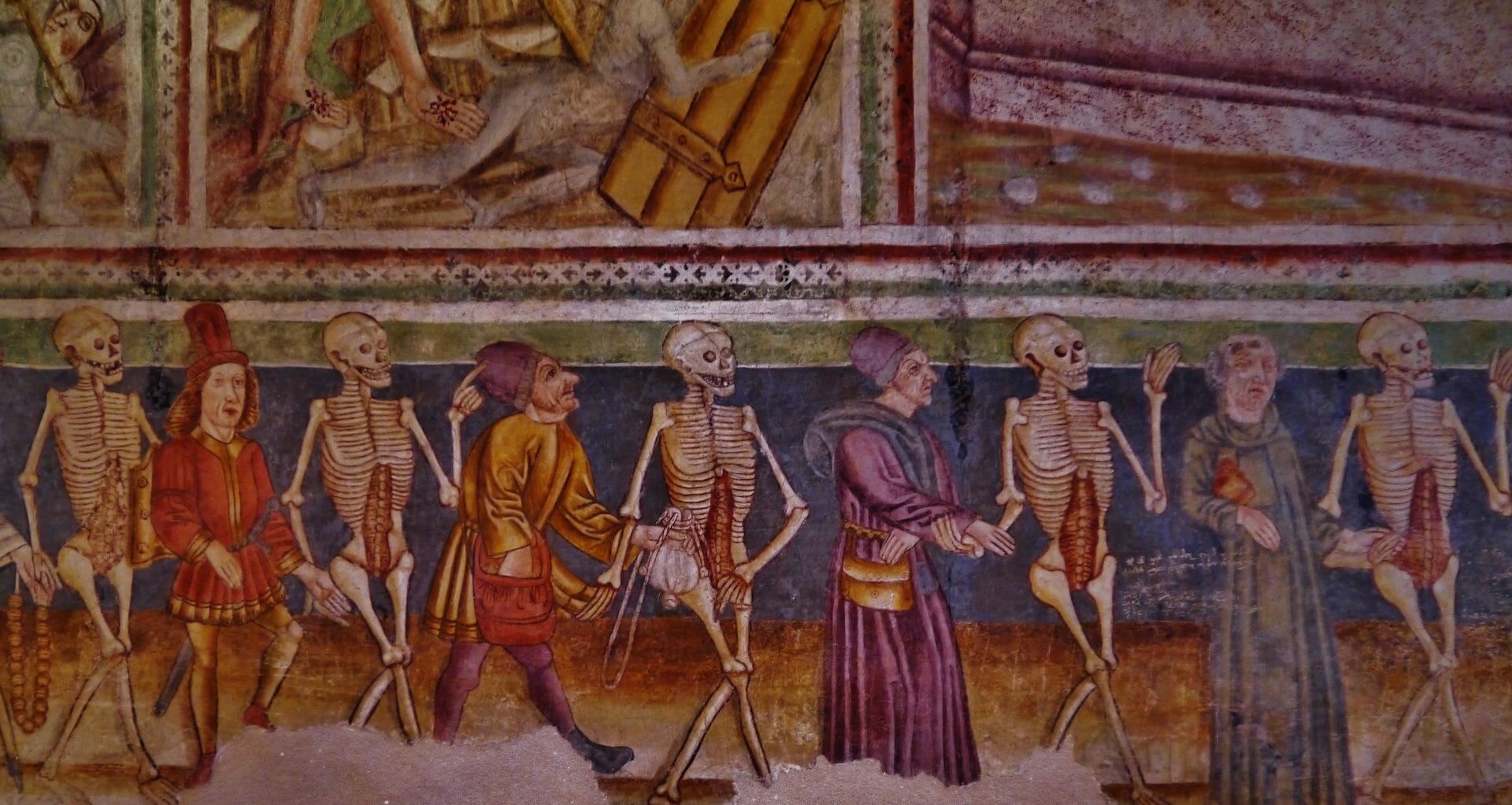
Ida | A journey to discover one's own identity
Year
Runtime
Director
Main Cast
Music by
Format
Genre
Poland, 1962. Anna (Agata Trzebuchowska) is a young orphan living in a convent. She is about to take her final vows to become a nun, but the Mother Superior forces her to pay a visit to her Aunt Wanda (Agata Kulesza), a miserable and alcoholic judge. During a four-day trip with her aunt, Anna gets to know the world – its beauties and pitfalls – and discovers her own identity. She is a Jew, her real name is Ida and her parents were killed during World War II.
Films and The Holocaust
Between 1940 to the present day, some 190 films have been made that are set in and around The Holocaust. They include Schindler’s List, The Pianist, The Book Thief, and Life is Beautiful. There are however fewer movies about the effects of these events on people and society. Ida is one of these. The director Paweł Pawlikowski tells a story about his country – the communist Poland of the 1960s – examining wounded souls in search of redemption in the post-war period. But Ida is not a historical movie, as Pawlikowski said during an interview. It is instead a coming-of-age film about a female character that becomes a metaphor for the complex relationship of a country with its past.
Occam’s Razor
Ida’s style traces Occam’s Razor, an ancient principle attributed to the English philosopher and Franciscan friar William of Ockham, also known as the Law of Parsimony. It states that the most likely solution in any situation, when confronted with competing hypotheses, is the one that requires the least number of assumptions. The simplest answer is usually the right one. And Pawlikowski proceeds to his conclusion by subtraction.
His writing style is essential. Dialogues are plain and moral considerations are hidden in the subtext. He prefers ellipses over additional explanations. In other words, he shows, not tells. The staging is austere, too. He chooses the Academy ratio of 1.375:1 – the aspect ratio used in silent film – and black and white contrast images that resemble movies by Carl Theodor Dreyer and Robert Bresson due to the low depth of field and the rigid compositional balance. Moreover, throughout the movie, the camera is static. Pawlikowski moves it only at the end in a long sequence that breaks his aesthetic rigor and represents Ida’s final state of mind.
Ida is an unusual road movie. An inner journey only 80 minutes long but able to deal with complex themes like identity, faith, and guilt.
Tag
Buy a ☕ for Hypercritic









